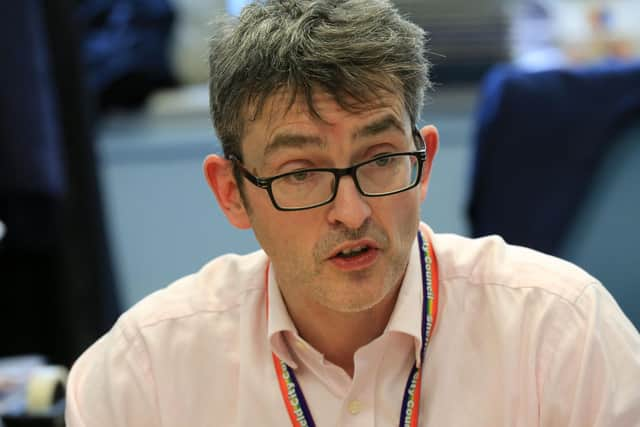Vulnerable people could end up shielding again, warns Sheffield health chief
and live on Freeview channel 276
Director of Public Health Greg Fell has also warned of "communication fatigue" as people become tired and confused of constantly changing advice and restrictions from the Government.
In a report, he says increasing cases and new rules mean it's very difficult to plan and budget in detail or with any certainty.
Advertisement
Hide AdAdvertisement
Hide Ad"The pandemic is unprecedented and unpredictable. The city’s response must be agile and flexible in order to deal with changes in infection and in government policy.


"The reintroduction of shielding is a distinct possibility. We are also aware of the need to stop hoaxes, as well as avoid communication fatigue."
Currently, the majority of infections are in working age people - the average age is around 40, compared to 60 in March and April.
This is mainly because working age people are more likely to be exposed to the virus and because older people are still being more cautious.
Advertisement
Hide AdAdvertisement
Hide AdThere's no increase in hospital admissions because younger people are less likely to be seriously ill.
After the peak wave of hospitalisations in May, the pandemic is now a smaller number of local outbreaks which are becoming more widespread.
Mr Fell warns while many people of all ages are social distancing, some are not.
"It is very unlikely that we will be able to contain this spread only to working age people and there is a strong possibility we will start to see spread again among older groups. The epidemiology is changing continually.
Advertisement
Hide AdAdvertisement
Hide Ad"All neighbourhoods in Sheffield are affected. We are seeing household clusters across the city, but a higher proportion associated with areas of deprivation.
"The majority of infections are community and household transmission, we are not seeing workplaces as being significant drivers of transmission.
"It also means that what people do in their own time, at home and in their community, is the main driver for infection. It remains crucial to keep reminding people to follow guidelines on social distancing and gatherings of people, particularly indoors.
"We are seeing cases in schools, however currently this reflects people who have caught the infection in the community rather than in school."